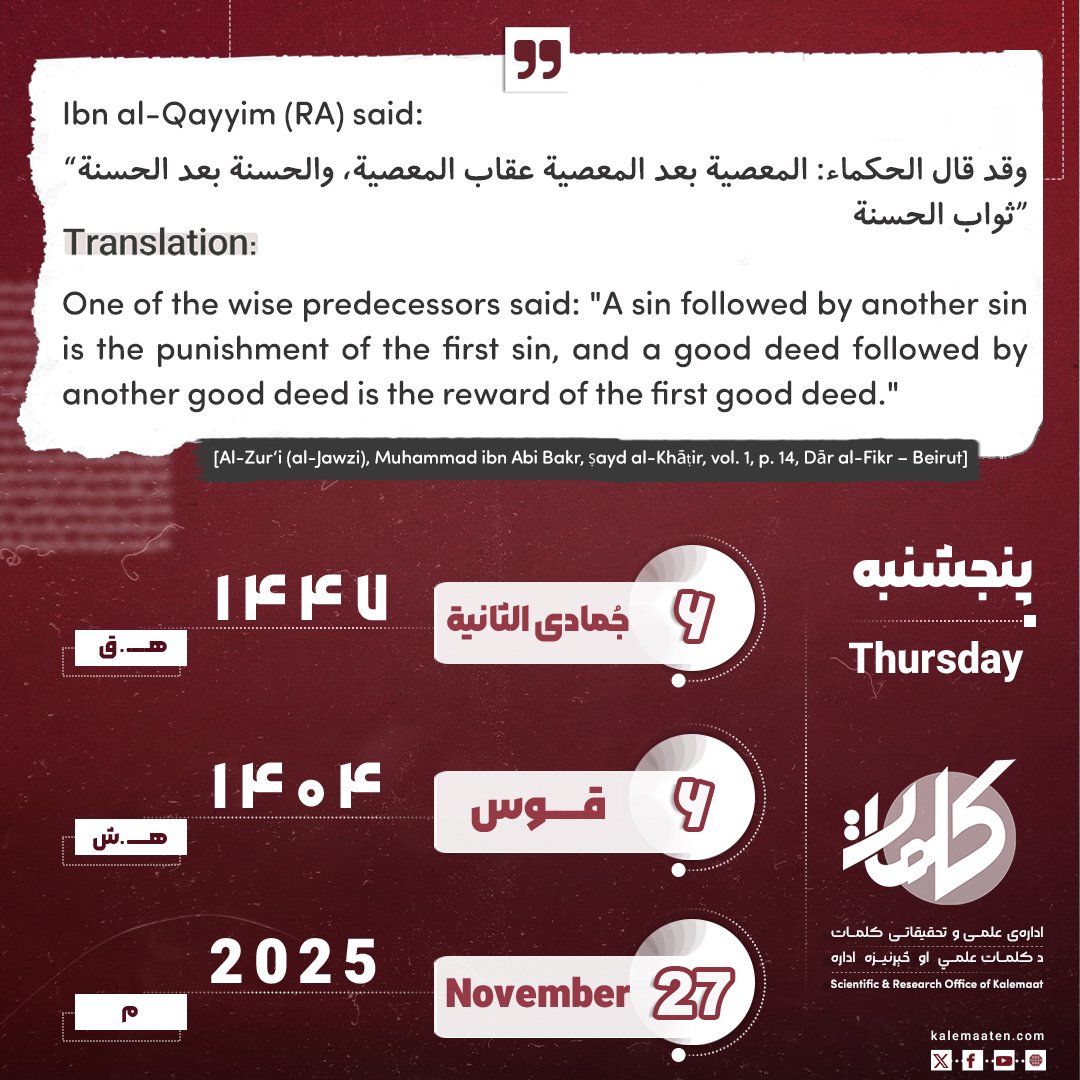
Author: Mufti Noor Mohammad Mohibi
The Quran: A Miracle Beyond Time – A Study of Its Miraculous Nature (part 34)
The Miracle of Creation in Sweating and Coping with Heat and Cold
The human body, as one of the most complex biological structures, has systems that have amazed scientists. One of these amazing systems is the “ventilation and thermoregulation system,” which plays a key role in maintaining the body’s temperature balance. The human body temperature naturally remains constant at around “37 degrees Celsius.” This thermal stability, despite variable environmental conditions, is the result of the precise and coordinated functioning of a set of organs and physiological processes (functions of organs).
The amazing feature of body temperature stability
A person may die from heat only in special cases; when the body temperature reaches: “45 degrees Celsius” with “100% humidity,” or “60 degrees Celsius” with “absolute dryness.”
In other cases, the body’s thermoregulation system is designed to maintain a “core temperature of about 37 degrees.”
Structure of the sweating system
The human body is equipped with about “3 to 4 million sweat glands” scattered throughout the skin. In some areas, such as the palms of the hands and feet, the density of these glands reaches “480 glands per square centimeter.” Each sweat gland is made of a spiral tube “2 millimeters long” and “0.1 millimeters in diameter” that is connected to the surface of the skin.
If these tubes were placed consecutively in a person’s body, their length would reach “5 kilometers.”
Function of sweating in temperature regulation
In conditions of high heat, sweat glands can produce between “200 cubic centimeters to 1500 cubic centimeters of sweat per hour.” The sweat secreted on the surface of the skin evaporates, and body heat is absorbed by this evaporation. This flow is known as “heat exchange” and plays a vital role in reducing body temperature.
To better understand this role: “1000 cubic centimeters of sweat” can remove the equivalent of “1300 calories [1] of heat” from the body.
Chemical composition of sweat
-
In every “100 grams of sweat”:
-
“99 grams of water”
-
“1 gram of dissolved substances” including:
-
Salt
-
Urea
-
Other chemical compounds.
The amount of sweat secreted during 24 hours is between “600 and 1000 grams”. Even in a normal state and without the sensation of sweating, this secretion flows continuously. “Softness and moisture of the skin” is a reason for this hidden sweating.
The role of sweating in the general health of the body
-
The main functions of sweating include the following:
-
Regulating body temperature
-
Excreting waste products such as urea
-
Providing moisture and softness to the skin
Sweating is also the “body’s safety valve [2]” against excessive heat. Similar to the valve in a steam boiler, if the body temperature rises too high, sweating reduces it.
Health Tips for Sweating
Since the chemical compounds in sweat can cause an unpleasant smell, body cleanliness is essential. Islamic narrations also emphasize washing to remove the effects of sweating. The Prophet Muhammad (peace and blessings of Allah be upon him) said: “على كل مسلم في كل سبعة أيام يوم يغسل رأسه وجسده.” Translation: “It is obligatory upon every Muslim to wash his head and body once every seven days.” [3]
Cleanliness removes the unpleasant smell of sweat, opens the pores of the skin, and improves the functioning of the sweat glands.
The Reactions of the body to coldness
When the ambient temperature drops, the body protects itself with automatic reactions:
A: Narrowing of superficial blood vessels
To reduce heat loss, superficial blood vessels “contract” and blood flow to the surface of the skin decreases. This flow helps to maintain the heat of the blood in the deeper parts of the body.
B: Shivering
By causing muscle tremors, the body “generates excess heat” to compensate for the lost heat.
C) rising of hair
When it is cold body hair “rises” in order to trap a layer of warm air around the skin and prevent heat loss.
The role of endocrine glands in regulating temperature in cold weather
In response to cold weather, the body also acts through the “endocrine glands”:
A: Pituitary gland
This gland sends hormones to the “thyroid” to increase the rate of metabolism.
B: Thyroid gland
By increasing “metabolism”, it converts food into energy and heat more quickly to maintain body temperature.
C: Increasing blood sugar and energy
In cold weather, the body releases more “glucose in the blood” to provide the energy needed for muscle tremors and metabolic activity.
All of these reactions occur without the person’s direct awareness or will. The body automatically:
-
Contracts or dilates blood vessels,
-
Secretes hormones,
-
Increases metabolism,
-
Causes sweating or trembling,
-
Makes hair rising on end.
These are signs of the greatness of Allah Almighty, as He says: فَتَبَارَكَ ٱللَّهُ أَحۡسَنُ ٱلۡخَٰلِقِينَ Translation: “High and blessed is Allah, the Most High, who is the Best of measurers and builders.” [Surah Al-Mu’minun, verse 14]
And He also says: وَفِيٓ أَنفُسِكُمۡۚ أَفَلَا تُبۡصِرُونَ Translation: “And in the very existence of you (humans), there are clear signs and clear proofs for knowing Allah and realizing His power.” Don’t you see?” [Surah Al-Zariyyat: Verse 21].
Source: Encyclopedia of Scientific Miracles in the Qur’an and Sunnah, Vol. 1, p. 51.
May Allah bless the one who said:
يا رامياً بسهام اللّحظ مجتهداً … أنت القتيلُ بما ترمي فلا تصب
وباعثَ الطَّرفِ يَرتادُ الشفاءَ لَهُ … احبسْ رَسُولَكَ لا يأتيكَ بالعَطَبِ
Translation: “O you who fight with the arrows of fortune… You are killed by what you throw, but you do not hit the target. And he who sends the glance seeks healing for himself… Detain your messenger, lest he destroy you. [4]
Continues…
References:
- Millimeter.
- Cover.
- Sahih al-Bukhari, Book of Hadiths of the Prophets, Chapter, Hadith No.: 3487, Vol. 4, Vol. 177.
- Encyclopedia of Scientific Miracles in the Qur’an and Sunnah, Vol. 1, pp. 47-51.



